Japanese kerria – golden yellow flowers from May to August
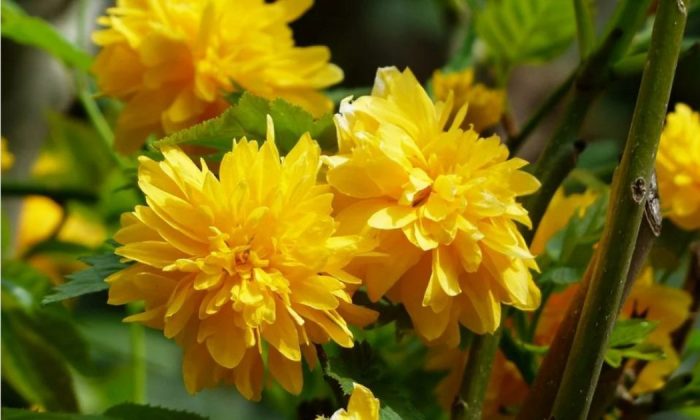
Thanks to rather a good weather you may still plant deciduous shrubs and you should be able to do so until mid-November. One of such shrubs is the Japanese kerria. Although listed as ‘Japanese’, it actually comes from China and it was introduced in Europe around 1834. The Latin name is Kerria japonica and it is a beautiful shrub that produces golden yellow flowers.
Easy cultivation
But the beautiful flowers of Japanese kerria are not the only reason for its popularity. It is also an undemanding and easy-to-grow shrub. Almost no diseases and very few pests will attack it. That is great, as you will not be planting any extra troubles in your garden–but be aware that beautiful flowers will attract a lot of people…. These flowers literally surround the entire bush along with its overhanging branches. Japanese kerria can reach a height of 2 meters.
Photo: Pixabay
Site selection
This shrub will be happy in any regular soil.It doesn’t need anything special, it can even do without fertilization (fertilization is actually undesirable as it leads to wild growth with no flowers). Choose sunny to partial shady location. If it grows in the shade, the number of flowers may go down a bit. It also looks excellent in groups. Japanese kerria propagates by root shoots. Due to its undemanding nature you will see this shrub often in parks and gardens.
Pruning and cutting
You don’t need to prune regularly, but you will help the plant to grow better if you remove old branches as older branches dry out easily so, it is better to get rid of them.After the winter, you can perform both a shaping and a rejuvenating cut – focus mainly on frozen branch ends and excessive number of shoots. Pruning is most often done from December to March, or after flowering, but the very first cut should be done after four to five years. After that, you can do it every year.
Frost resistance
Japanese kerria is a frost-resistant plant and it can survive temperatures down to -28 °C. Young shoots tend to freeze, but they regenerate very well.
Kerria japonica pleniflora
This one is probably the most popular cultivars of Kerria japonica. It is a shrub that produces many flowers, it is less resistant to frost but it blooms for a long period of time – from May to August.
Preview photo: Pixabay

Gardening is my hobby, I have a lot of experience and I am happy to share it.
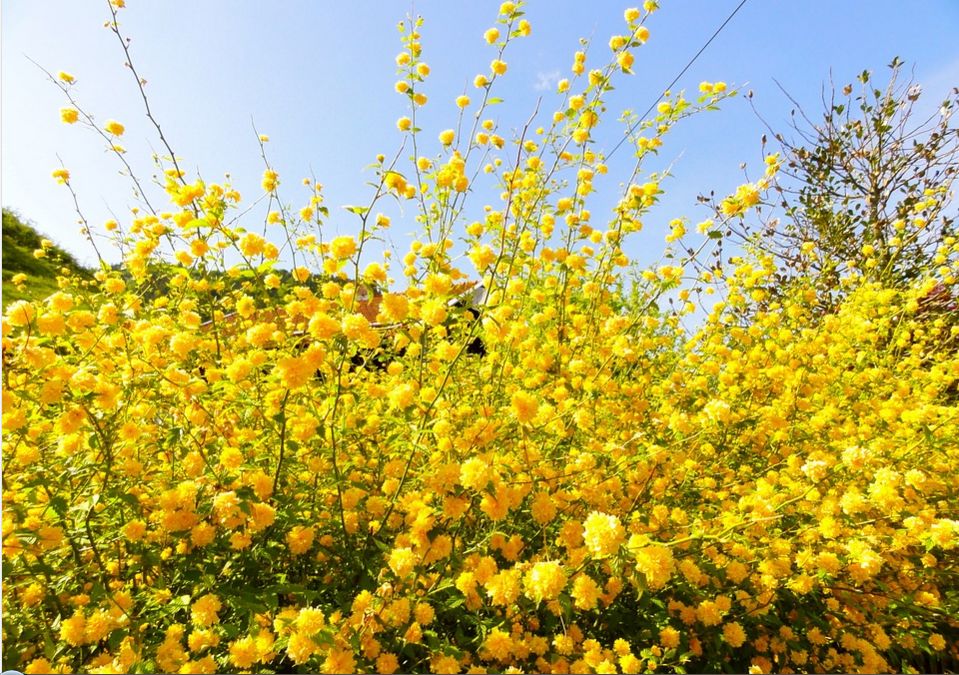


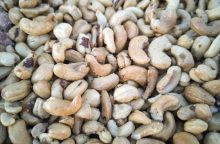



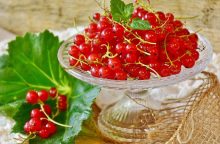
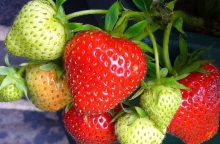
0 comments